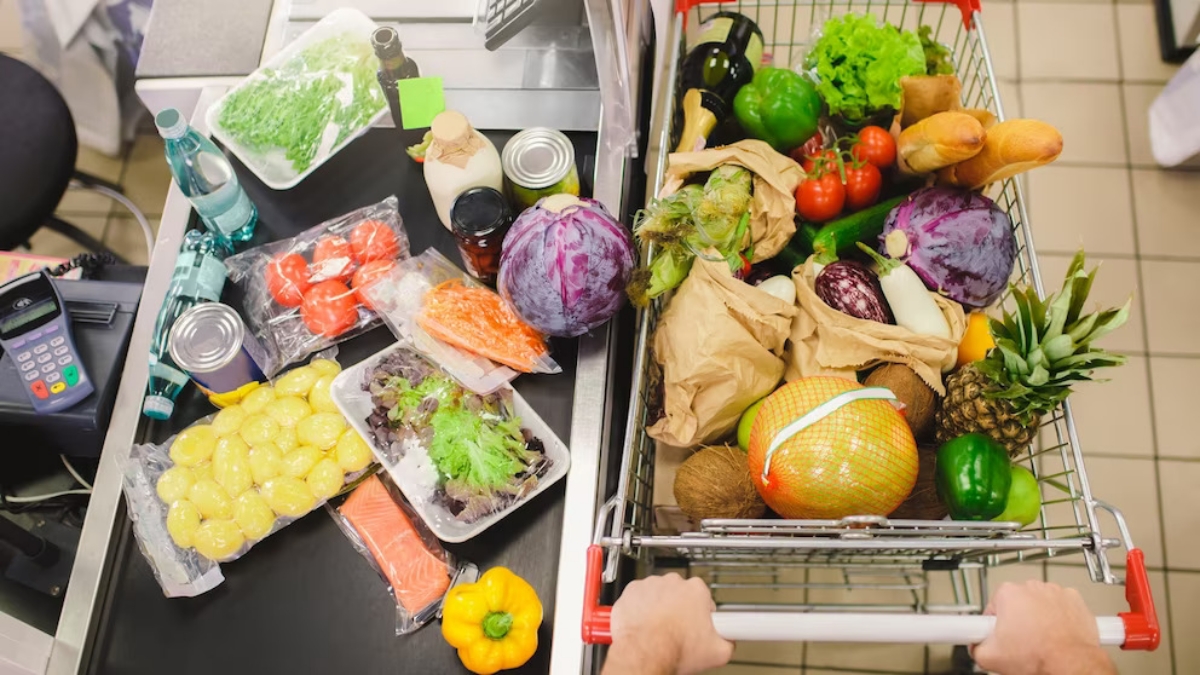
Shopping at grocery stores like Whole Foods is a regular activity for many, but it’s important to be aware of the potential safety hazards that can lead to injuries. From slips and falls to strains from lifting, the risks are real but often preventable. This article will guide you through the best practices for a safe shopping experience at Whole Foods.
Table of Contents
Understanding the Risks
While shopping might seem like a harmless errand, the Consumer Product Safety Commission reports that thousands of people each year are treated for injuries related to shopping cart accidents alone. In addition to cart-related mishaps, customers can encounter wet floors, loose produce, and falling objects. Recognizing these hazards is the first step toward prevention.
Pre-Visit Preparations
To minimize risks, consider shopping during off-peak hours to avoid crowded aisles and long lines, which can lead to rushed decisions and accidents. Wear shoes with good traction to prevent slips, and always have a shopping list ready to streamline your visit and reduce the time spent walking back and forth across the store.
Safety Measures at Whole Foods
Whole Foods is committed to maintaining a safe shopping environment. Stores are designed with clean, clear aisles, and employees are trained to address hazards promptly. Regular inspections ensure that spill stations are stocked and that safety signage is visible throughout the store.
Navigating the Store
Stay Alert: Keep an eye out for caution signs indicating wet floors or ongoing cleaning. Use shopping carts wisely – never place children in the basket, and avoid overloading the cart to prevent tipping.
High Shelves and Heavy Items: Ask for assistance when reaching for items on high shelves. Whole Foods staff are trained to help safely retrieve products for you.
Maintain Clear Sight: Don’t stack items too high in your cart; it’s important to see over the top to avoid collisions with other shoppers or displays.
Handling and Selecting Products
When selecting produce, be mindful of your surroundings and handle items gently to avoid bruising them or causing them to fall. Lift heavy items with your legs, not your back, and avoid twisting motions when lifting or placing items in your cart.
Maintaining Social Distancing
In light of recent events, maintaining a safe distance while shopping is more important than ever. Follow the guidelines provided by Whole Foods for social distancing, and consider using contactless payment methods to reduce physical interactions.
Dealing with Spills and Hazards
If you come across a spill or potential hazard, don’t attempt to clean it yourself. Notify a Whole Foods employee immediately so they can address the issue safely and efficiently. Your proactive approach can help prevent injuries to yourself and others.
For more in-depth information on what to do if you encounter a hazard, consider consulting with a Whole Foods slip and fall attorney.
Checking Out Safely
When it’s time to check out, continue to practice safety measures. At self-checkout stations, be cautious of the machinery and mindful of how you’re scanning and bagging items to avoid pinched fingers or strained muscles. If you’re at a cashier lane, don’t overload bags – distribute the weight evenly to make them easier to carry.
Once your items are bagged, take care when lifting them into your cart. Push the cart carefully to your car, watching out for vehicles and other pedestrians. When loading groceries into your vehicle, lift with your knees and keep the load close to your body to prevent strains.
What to Do in Case of an Injury
Accidents can still happen despite your best efforts. If you’re injured at Whole Foods, report the incident to a store employee right away. They can provide first aid if necessary and will document the incident for store records. It’s also important to seek medical attention, even if the injury seems minor at first, as some symptoms may take time to develop.
After addressing your immediate health needs, it’s advisable to document the incident yourself. Take photos of the area where the injury occurred, gather contact information from any witnesses, and keep a record of any medical treatment received. This documentation can be crucial if you need to pursue further action.
Conclusion
Shopping at Whole Foods can be a pleasant and safe experience when you follow these guidelines. Always remain vigilant of your surroundings, use the resources available to you, and don’t hesitate to ask for assistance when needed. By doing so, you’ll minimize the risk of injury and ensure that your shopping trip is both enjoyable and secure.
Additional Resources
Whole Foods is dedicated to providing a safe shopping environment for all customers. For more information on their safety policies or to report any concerns, visit the Whole Foods customer service page. And remember, if you ever find yourself in need of assistance after a shopping-related injury, resources are available to help you navigate the situation, including legal options with a Whole Foods slip and fall attorney. Stay safe and happy shopping!